Pricing handmade items is one of the hardest things to do as a budding small business. You might be drawing from your long ago lessons of economics, trying to remember the rules of supply and demand or you may just be winging it and falling short of your price potential. Either way, how you price your items can make or break you.
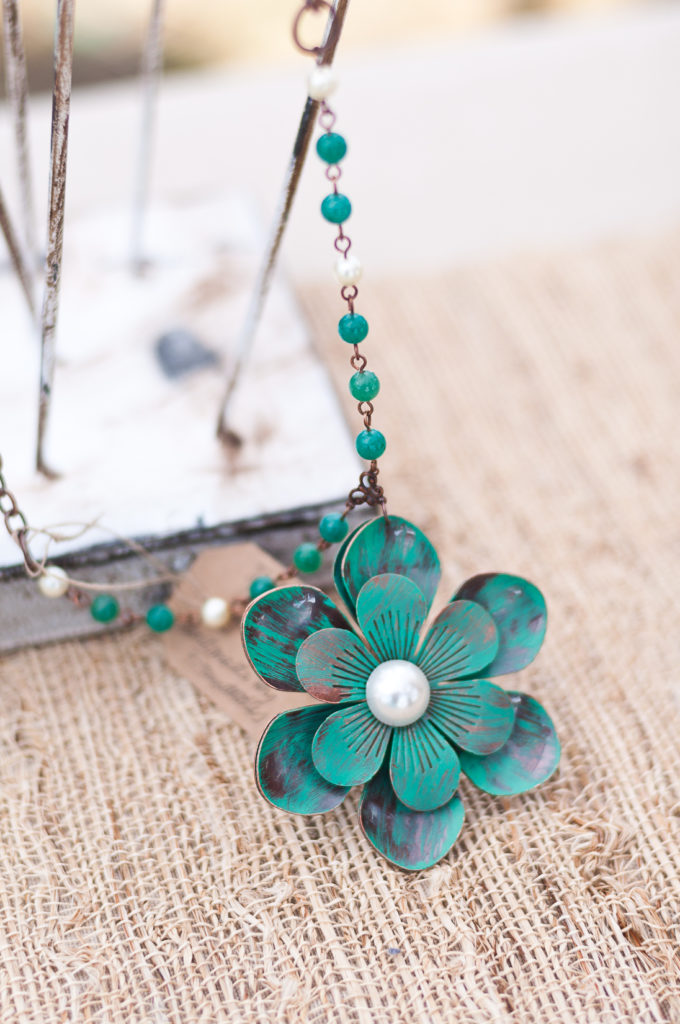
Over a decade ago, I use to watch the Apprentice with my BFF and hubby…it was a weekly ritual back in the earliest seasons when Donald Trump was just a hilarious, obnoxious celebrity and business man and not our President. I watched dozens of episodes, but one in particular has stuck with me over the years. The competition between the two teams was to identify a product, price it and demo it on a shopping network. The team with the highest gross sales won. The first team chose a Magic Eraser and priced it for something in the $3-$4 range. The second team chose some higher end kitchen gadget that cost around $75+. The Magic Eraser team won the competition by…GET THIS…TEN CENTS! A mere dime and they avoided getting the boot. The lesson of the episode was ALL ABOUT SUCCESSFUL PRICING. In this case, it was about volume. Had the team that sold the kitchen gadget dropped the price by a mere 10%, they would have likely increased their overall volume of sales and had a slam dunk win.
So, what’s the lesson learned? Sometimes, you have to accept a lower profit on a single item in order to meet your long term sales volume goals!
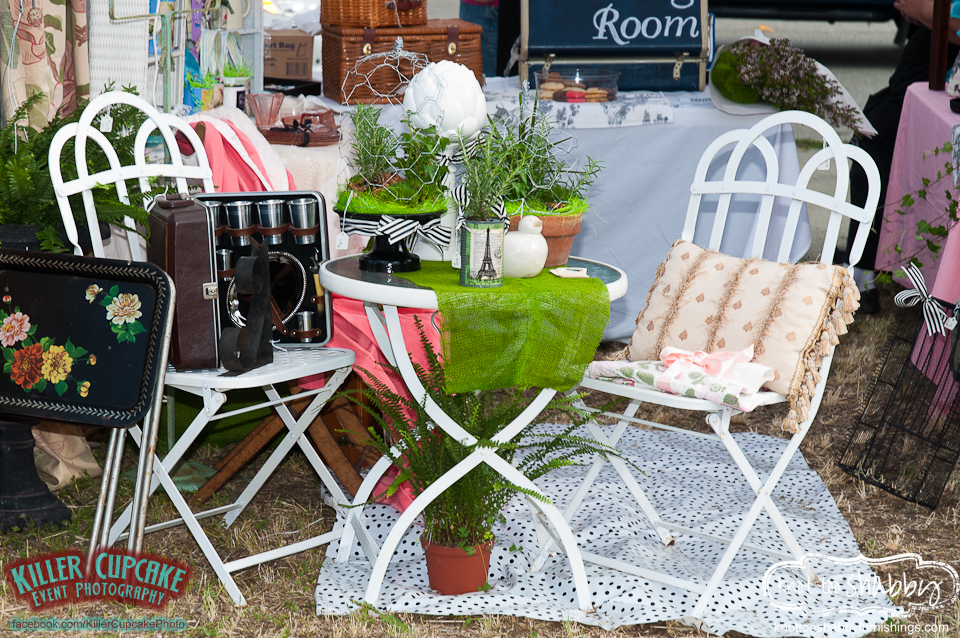
The formula for pricing handmade goods goes something like this:
Cost of materials + Time + 100% = WHOLESALE PRICE
WHOLESALE PRICE x 2 = RETAIL PRICE (i.e. your selling price)
Unfortunately, it isn’t always that black and white, BUT it’s a good rule of thumb to gauge your cost plus profit potential.
The first thing you need to identify is the value of your time. Are you worth $10 per hour, $20 per hour or $100 per hour? For example, I place a value of my time at $45 per hour. That figure takes into account the cost of the space that I rent to complete my work, the value of time I spend in continuing education and the market rate for other professionals in my field which has a range of $45-$150 per hour. So, I figure myself on the low end.
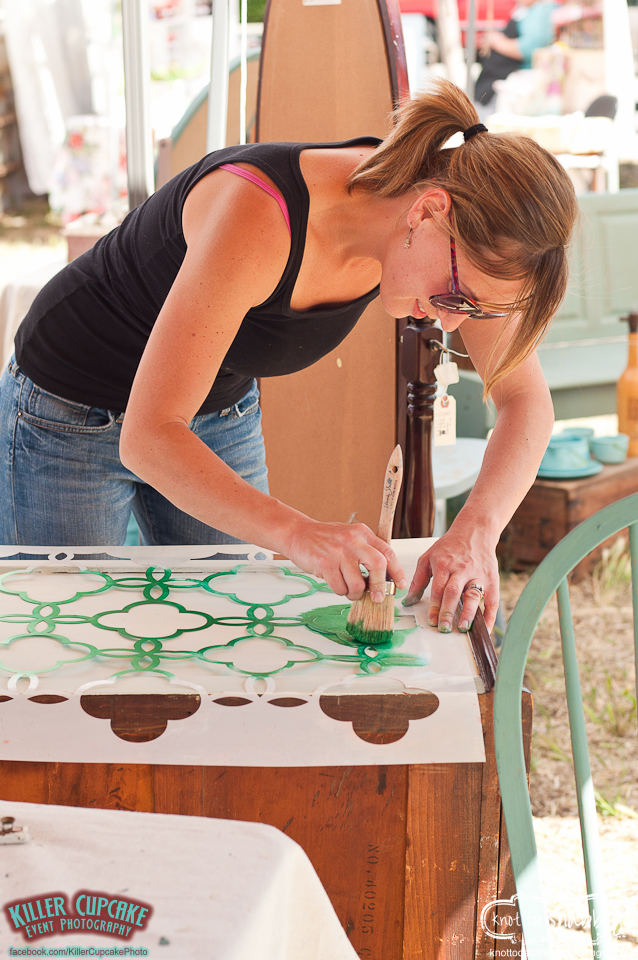
The second thing you need to do is to manage your receipts. Keep tabs on how much you are spending on supplies, marketing materials, permits and licenses, mileage for business related spending, etc. Without knowing how much you are investing in materials, you’ll have a hard time recouping all of your costs and making a nice profit!
The combination of the materials and time plus 100% gives you the wholesale cost of goods. That is the base price that you should be selling your items. And, should you get the opportunity to sell to larger distributors or retailers, that would be the price point you use. Retailers typically double the price of the wholesale goods to generate their profit.
When you sell at shows and market events, you should be trying to sell your items at retail, but knowing what you’re wholesale price is gives you room to negotiate.
So, what do you do when you’re wholesale/retail price is out of this world and not sell-able? In that case, you can balance out your pricing. We spend a lot of time talking about “value” in this industry. How much is my (insert item) worth? I take a very different approach to worth of an item. I’m not looking up values on Sotheby’s or having things appraised because IT DOESN’T MATTER WHAT IT IS WORTH. IT ONLY MATTERS WHAT I CAN SELL IT FOR. Something may be “worth” $4 but I can sell it for $10. On the flip-side, something may be “worth” $500 but I can only get $150. The worth doesn’t hold any value to me if it won’t sell. As a result, I take a loss on every single chair that I sell. The typical chair takes me 3-4 hours to refinish. Remember what I said about how I value my time? At $45 per hour, said chair would need to sell for upwards of $200 by the time I add in the cost of materials. Clearly, I can’t sell chairs for $200. They would collect dust. So, I take a loss on a chair and inflate pricing on some of the less time consuming larger pieces like dressers and hutches. By the end of the month, the inflated prices help to balance out the deflated prices and I find myself somewhere in the middle.
My sister found her sweet spot when she started her own Etsy store just two short years ago. She did several things extremely well:
One: She created a product that fit within a very niche market-baby and toddler tees with millennial babies in mind.
Two: She made it personal-all her items were designed from her interests for her own littles.
Three: She priced them competitively-she found the popular onesies and toddler tees and priced hers for 20% less than the average. As a result, she sells between five and seven of her handmade tees per week making a higher profit in volume sales than individual items. And when her volume went up and became harder to manage, she raised her prices by 10% to control the output.
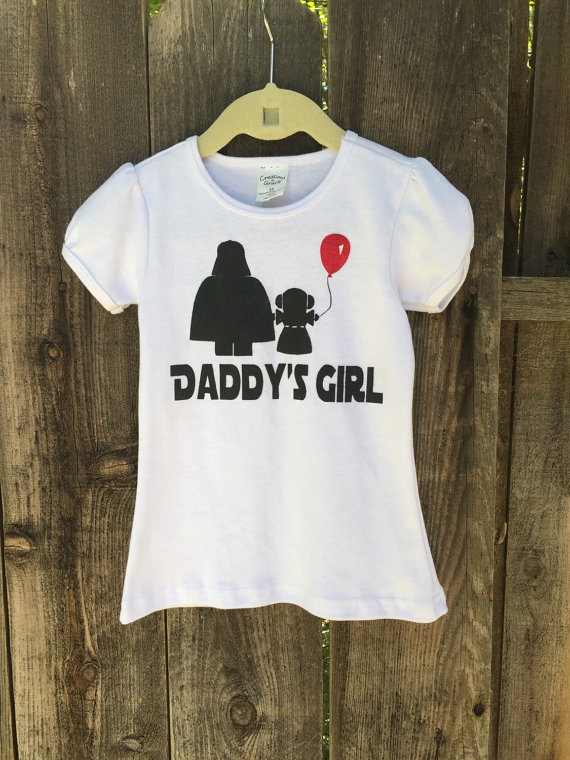
Big Green Monster-Etsy Store
When in doubt of your pricing, test market it with your peers. Put it out there on instagram and facebook, post it on craigslist or etsy and see what kind of response you’ll get. Compare it to other like items in the market place. When show day arrives, you’ll know within a few hours whether you are priced too high because people will comment under their breath and you’ll walk away with fewer sales.
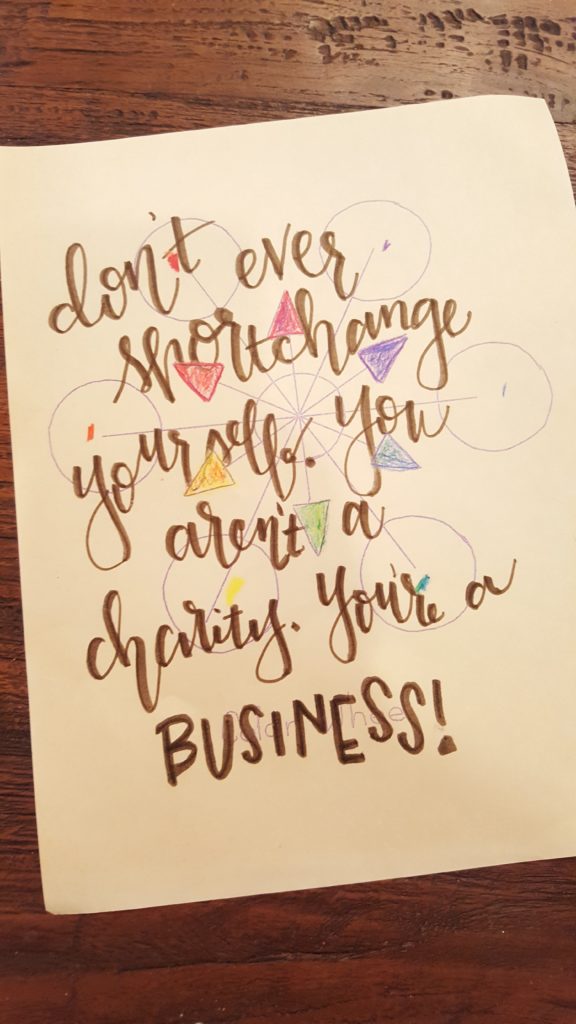
But, at the end of the day, YOU ARE AN ARTIST! YOU ARE A DESIGNER! Don’t ever shortchange yourself. You aren’t a charity. You are a business!

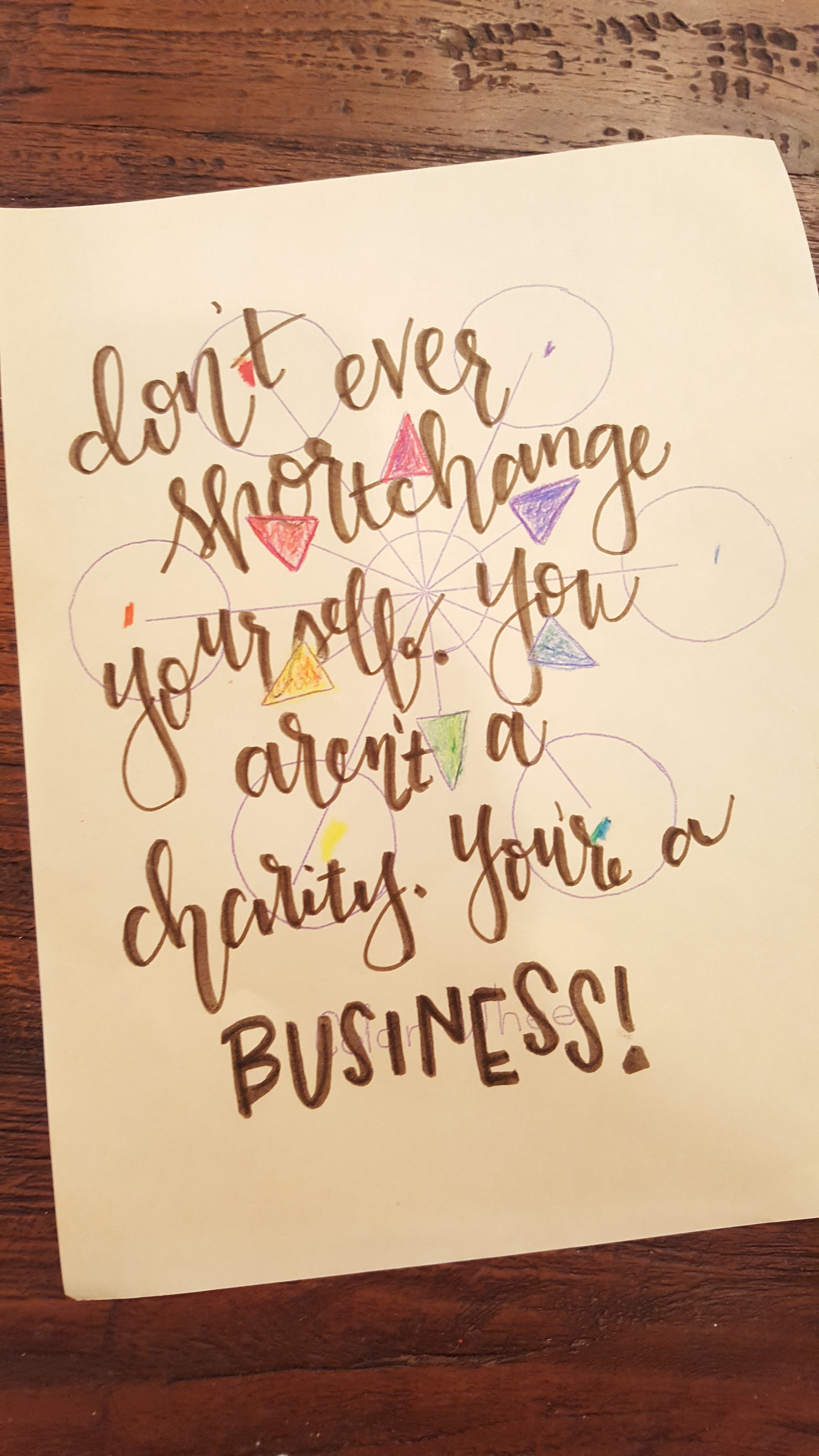

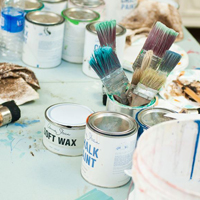
Thank you for this! Very informative and helpful ☺️